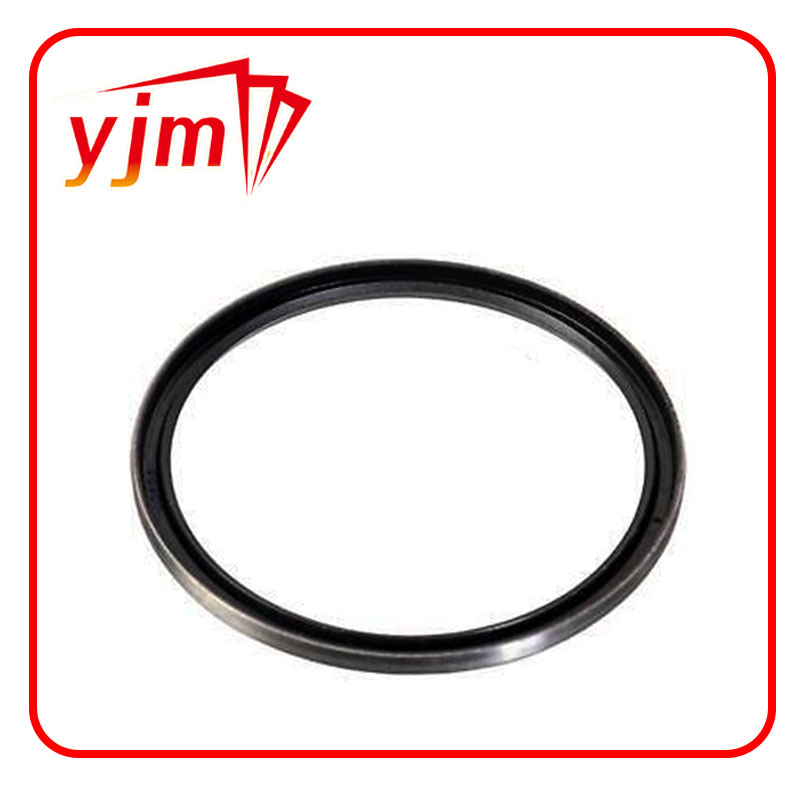Durable O-Rings for Chemical Resistance in Various Applications and Environments
Understanding Chemical Resistant O-Rings A Comprehensive Guide
O-rings are essential components widely used in various industries for sealing applications. Their primary role is to prevent the leakage of fluids and gases. However, when it comes to environments where exposure to harsh chemicals is a concern, selecting the right type of O-ring becomes crucial. This is where chemical resistant O-rings come into play.
What are Chemical Resistant O-Rings?
Chemical resistant O-rings are designed to withstand exposure to a wide range of aggressive chemicals without degrading. These special O-rings are made from materials specifically formulated to resist chemical reactions, ensuring a longer lifespan and reliable performance under extreme conditions. Industries such as oil and gas, pharmaceuticals, and food processing, among others, often utilize these O-rings due to their ability to maintain integrity in challenging environments.
Materials Used for Chemical Resistant O-Rings
The choice of material is vital when it comes to the effectiveness of chemical resistant O-rings. Here are some common materials used
1. Fluoroelastomers (FKM) Known for their excellent resistance to a diverse range of chemicals, including oils, fuels, and solvents, fluoroelastomers are one of the most popular choices for chemical resistant O-rings. They can operate effectively at high temperatures, making them suitable for many applications.
2. Perfluoroelastomers (FFKM) An even more advanced option, FFKM offers superior chemical resistance, even against the most aggressive chemicals. They are used in applications where utmost reliability is non-negotiable, such as in semiconductor manufacturing and aerospace industries.
3. Chloroprene (CR) This material is known for its moderate resistance to chemicals. While not as resilient as FKM or FFKM, chloroprene O-rings are still effective for many applications, especially where ozone and weather aging are considerations.
4. Silicone (VMQ) While silicone offers excellent flexibility and tolerance to extreme temperatures, it does have limitations in chemical resistance. It is best suited for applications involving non-aggressive chemicals.
chemical resistant o rings

5. Polyurethane (AU) Known for its durability and wear resistance, polyurethane O-rings can handle oils and certain solvents. However, they may not perform well against all chemicals, and their application should be evaluated carefully.
Factors to Consider When Choosing Chemical Resistant O-Rings
When selecting chemical resistant O-rings for a specific application, several factors need consideration
- Chemical Compatibility It is crucial to ensure that the O-ring material is compatible with the specific chemicals it will encounter in operation. Manufacturers often provide compatibility charts to assist in making an informed decision.
- Temperature Range Different materials perform optimally in varying temperature ranges. It is essential to know the operating temperature of the application to avoid material failure.
- Pressure Ratings Understanding the pressure conditions under which the O-ring will operate is vital. Some materials handle high pressure better than others.
- Environmental Conditions Consider the influence of environmental factors such as exposure to UV light, ozone, and humidity. Some materials are designed to withstand these conditions better than others.
Conclusion
Chemical resistant O-rings are indispensable components in modern engineering, particularly in sectors dealing with aggressive chemicals. The selection of the right material based on chemical compatibility, temperature, pressure, and environmental factors can significantly enhance the performance and longevity of sealing solutions. By understanding the various materials and their properties, engineers and procurement professionals can make informed choices, ensuring reliable, safe, and efficient operations in their respective applications. As industries continue to evolve and face new challenges, the role of chemical resistant O-rings will only become more critical, underscoring the importance of this often-overlooked component in engineering and design.
-
Cassette Seals: Durable Sealing Solutions for Harsh Environments
News Jul.30,2025
-
Understanding the Front Main Engine Seal: Purpose, Maintenance, and Installation
News Jul.29,2025
-
Understanding O-Rings and Seal Rings: Types, Applications, and Custom Solutions
News Jul.29,2025
-
Understanding Crankshaft Oil Seals: Rear Seals, Pulley Seals, and Their Role in Engine Integrity
News Jul.29,2025
-
The Importance of Front and Rear Crankshaft Seals in Engine Performance and Oil Management
News Jul.29,2025
-
Crank Oil Seals: Functions, Types, and Cost Considerations in Engine Maintenance
News Jul.29,2025
-
A Comprehensive Guide to O-Rings and Seals: Types, Materials, and Global Applications
News Jul.29,2025
Products categories















